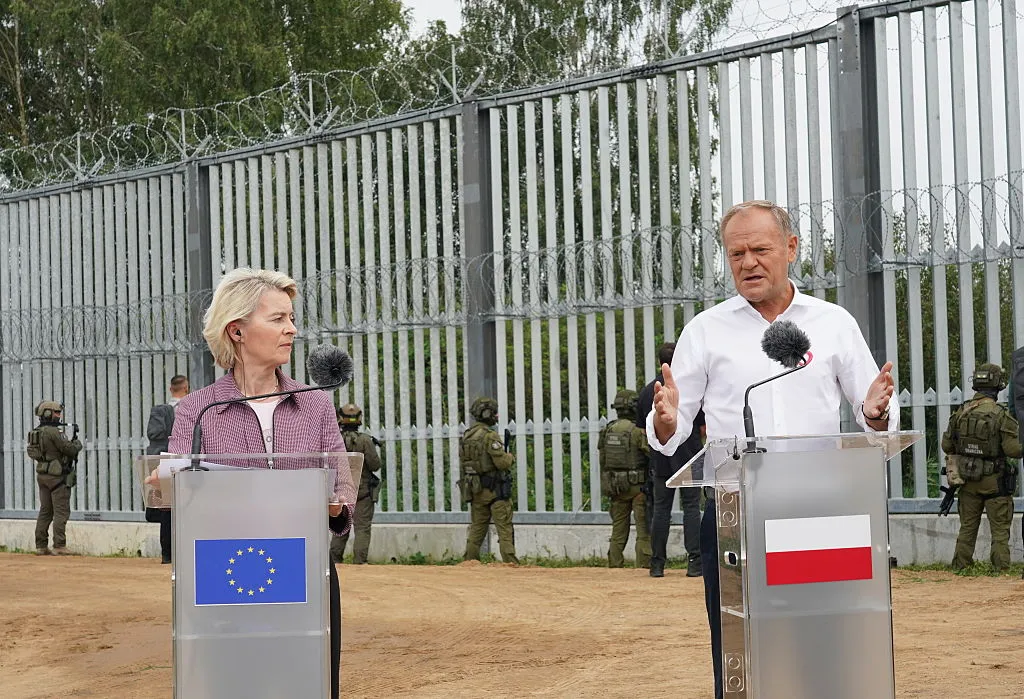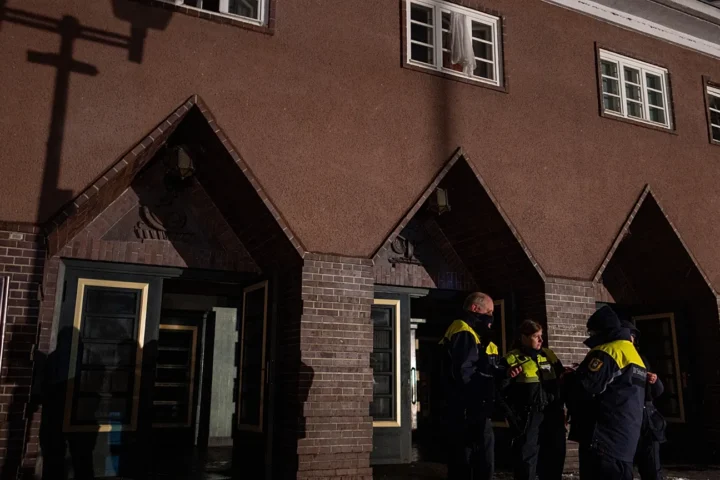European Commission President Ursula von der Leyen has confirmed that Poland will emerge as the biggest beneficiary of the European Union’s newly unveiled defense plan, a sweeping initiative designed to bolster Europe’s security architecture amid escalating threats from Russia and global instability. The announcement underscores Poland’s growing role as a frontline NATO and EU state, as well as the strategic importance Brussels places on strengthening its eastern flank.
The New EU Defense Plan
The EU’s new defense strategy is one of the most ambitious undertakings in the bloc’s history, reflecting a shift from decades of reliance on the United States for security guarantees. While NATO remains central to European defense, von der Leyen emphasized that the EU must be able to “act more independently, defend its borders more effectively, and support its members facing immediate threats.”
Key elements of the plan include:
- Expanded funding for defense production: Boosting European arms manufacturing capacity to reduce reliance on imports, especially from the U.S.
- Joint procurement schemes: Encouraging member states to pool resources and collectively purchase weapons systems, air defense platforms, and surveillance technology.
- Infrastructure modernization: Upgrading transport corridors and logistics networks to move troops and equipment quickly across the continent.
- Cybersecurity and hybrid defense: Investing heavily in countering disinformation campaigns, cyberattacks, and covert operations often attributed to Russia.
Why Poland Stands to Gain the Most
Poland has emerged as the EU’s defense linchpin, largely due to geography and its aggressive military modernization program. Bordering Ukraine, Belarus, and the heavily militarized Russian exclave of Kaliningrad, Poland sits at the frontline of Europe’s security landscape.
Several factors explain why Poland is set to benefit most from the EU’s defense plan:
- Strategic Location
Poland is the bridge between Western Europe and the embattled East. Its location makes it a critical corridor for NATO and EU troop deployments and supply routes to Ukraine. - Heavy Investment in Defense
Warsaw is on track to spend nearly 4% of its GDP on defense in 2025, the highest share among NATO members. The EU plan will help co-finance Poland’s acquisition of tanks, missile systems, drones, and air defense platforms. - Industrial Capacity
Poland’s defense industry, which includes shipyards, armored vehicle plants, and drone manufacturers, is expected to receive major EU contracts as part of joint procurement efforts. - Refugee and Border Security
Having absorbed millions of Ukrainian refugees and faced repeated hybrid pressure at its Belarusian border, Poland is slated to receive additional EU funds for border defense, surveillance, and humanitarian support.
Political and Security Context
The announcement comes against the backdrop of Russia’s ongoing war in Ukraine and escalating hybrid threats across Europe. Von der Leyen has repeatedly framed the conflict not only as an assault on Ukraine but as a direct threat to European stability.
Poland, with its staunch pro-Ukraine stance and deep skepticism of Moscow, has become one of the EU’s most outspoken voices pushing for harsher sanctions on Russia, greater military aid to Kyiv, and a faster expansion of NATO and EU defense capabilities.
This alignment between Brussels and Warsaw marks a shift, given past tensions over judicial reforms, rule of law disputes, and migration policy. Security concerns, however, have brought Poland back into the EU mainstream, where its military role now outweighs past political frictions.
Reactions Across the EU
While Poland is clearly the largest beneficiary, the plan has sparked mixed reactions among member states:
- Baltic states (Lithuania, Latvia, Estonia): Strongly supportive, emphasizing the urgent need for a fortified eastern flank.
- Germany and France: Supportive but cautious, urging that EU defense integration complement NATO rather than duplicate it.
- Southern Europe (Spain, Italy, Greece): Concerned about whether the plan diverts too much funding to the East while overlooking Mediterranean security challenges such as migration and instability in North Africa.
- Hungary: More reserved, questioning aspects of the plan that may escalate tensions with Russia.
Poland’s Rising Influence in Europe
Poland’s role as the largest military power in Central and Eastern Europe is reshaping EU dynamics. With the new defense plan, Warsaw is positioned to become not only a frontline shield but also a regional hub for defense production, logistics, and NATO operations.
This elevation could give Poland greater political clout within the EU, potentially strengthening its voice in Brussels and shifting the balance of power eastward.
Conclusion
The EU’s new defense plan represents a historic step toward greater European security autonomy. By naming Poland as the biggest beneficiary, von der Leyen signaled Brussels’ recognition of Warsaw’s central role in confronting Russian aggression and ensuring stability along the EU’s eastern frontier.
For Poland, the plan means more funding, more military assets, and greater influence within the EU. For Europe, it underscores the bloc’s resolve to defend itself in an era of renewed geopolitical competition.
























